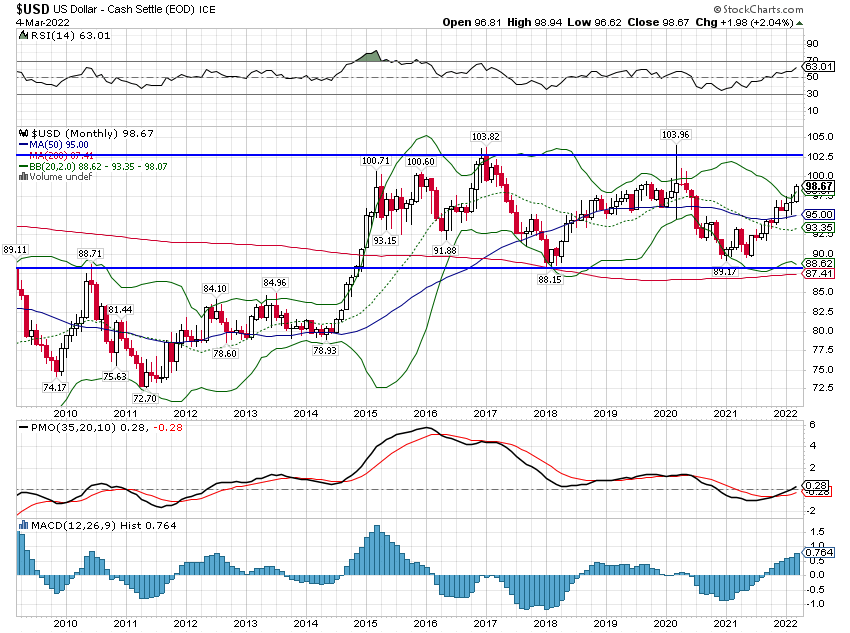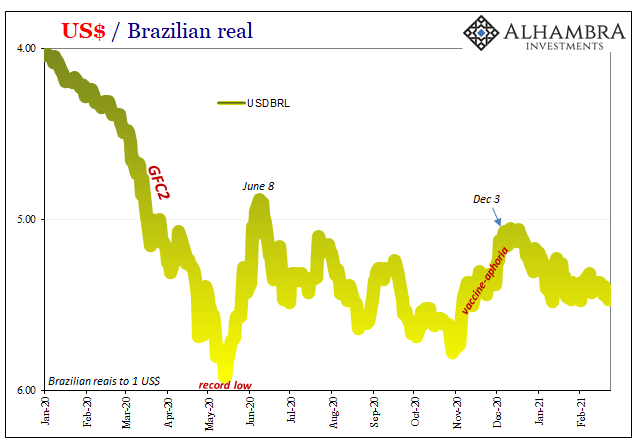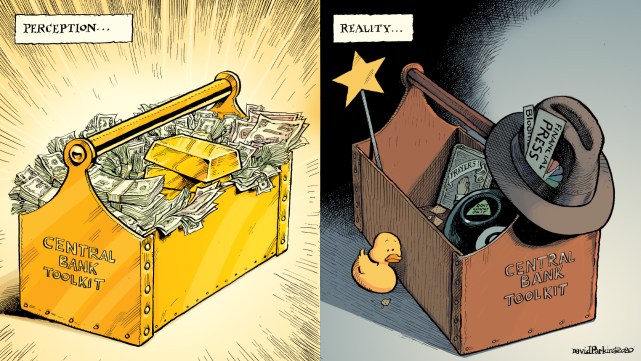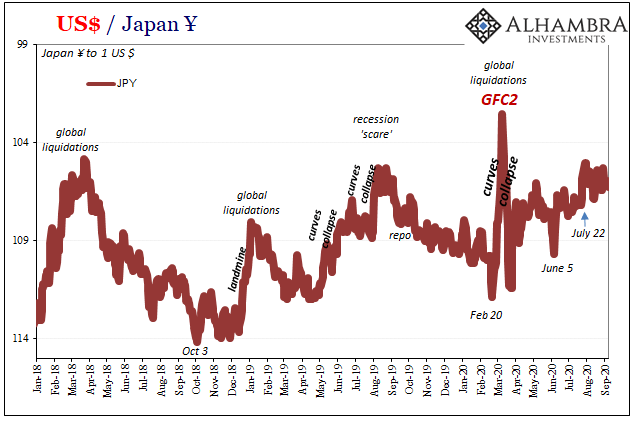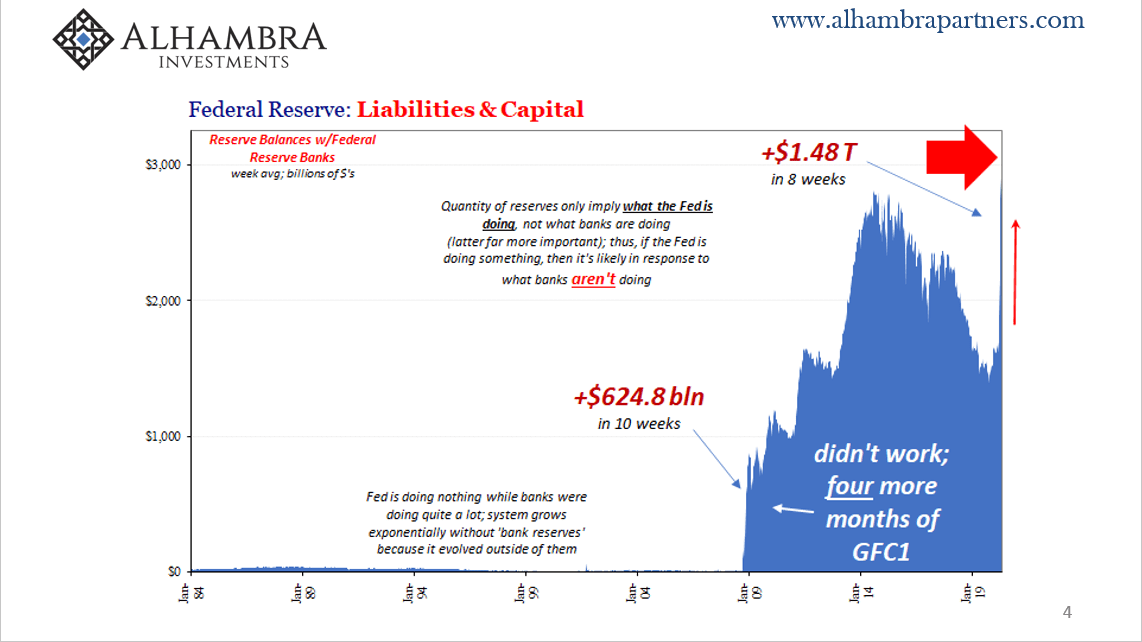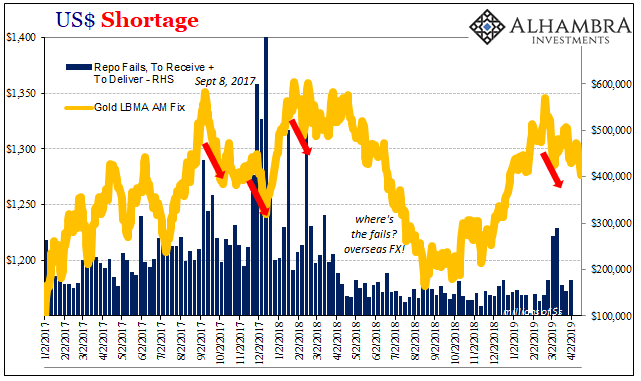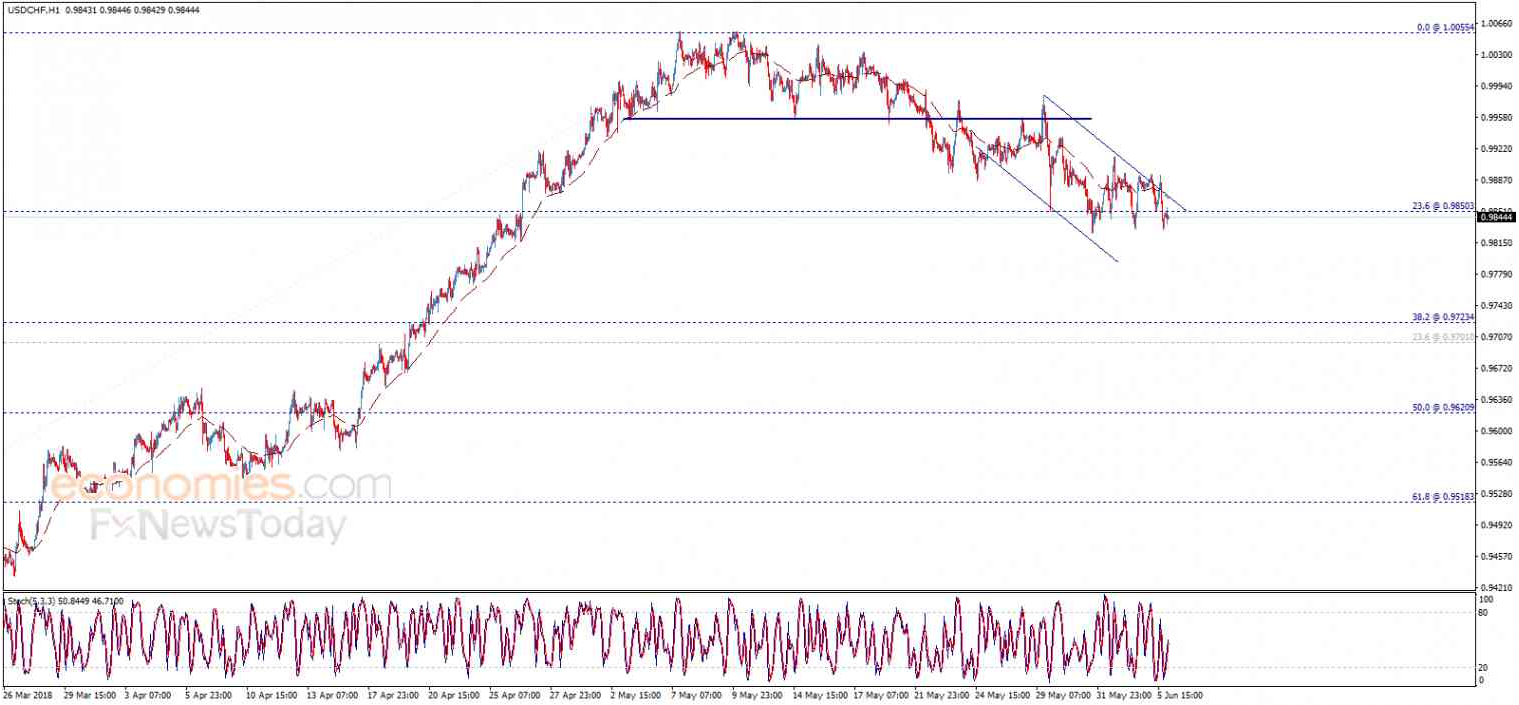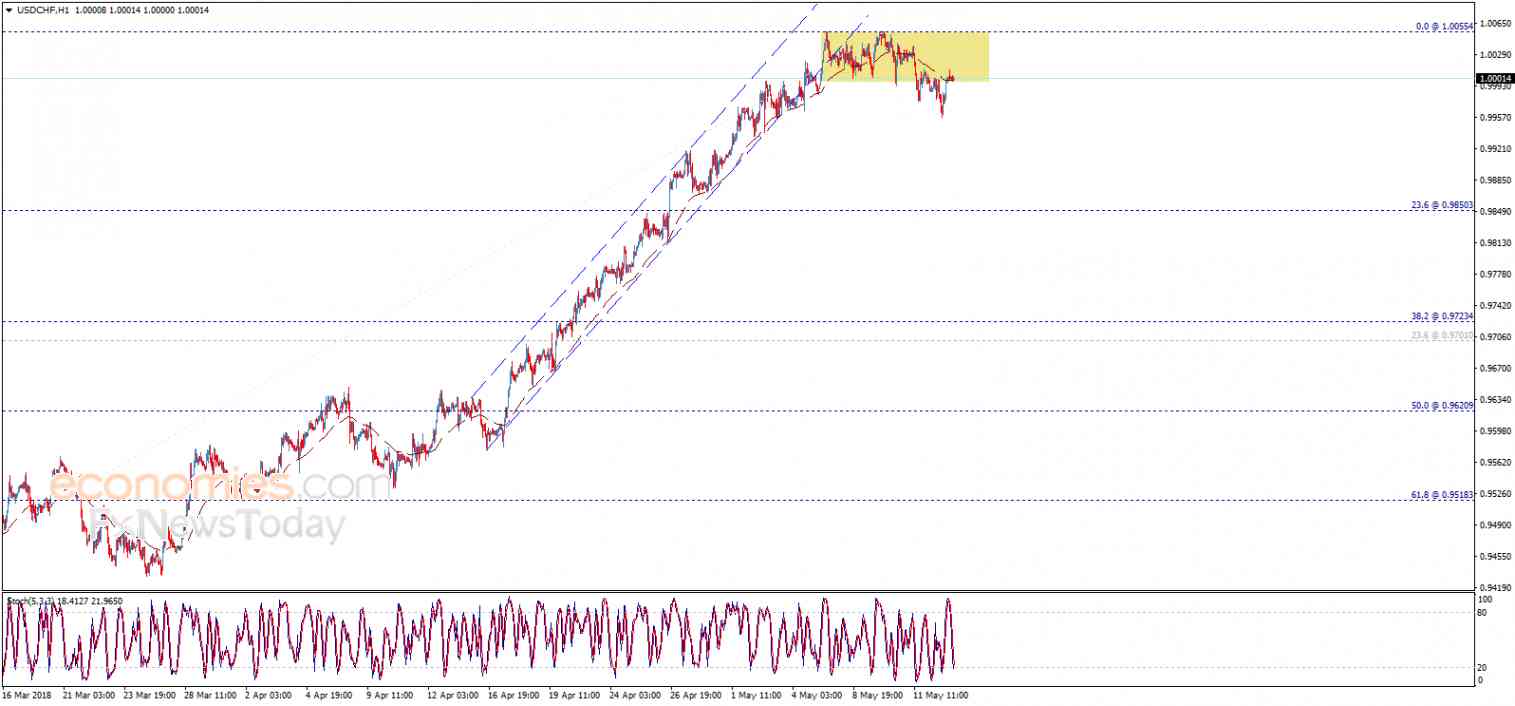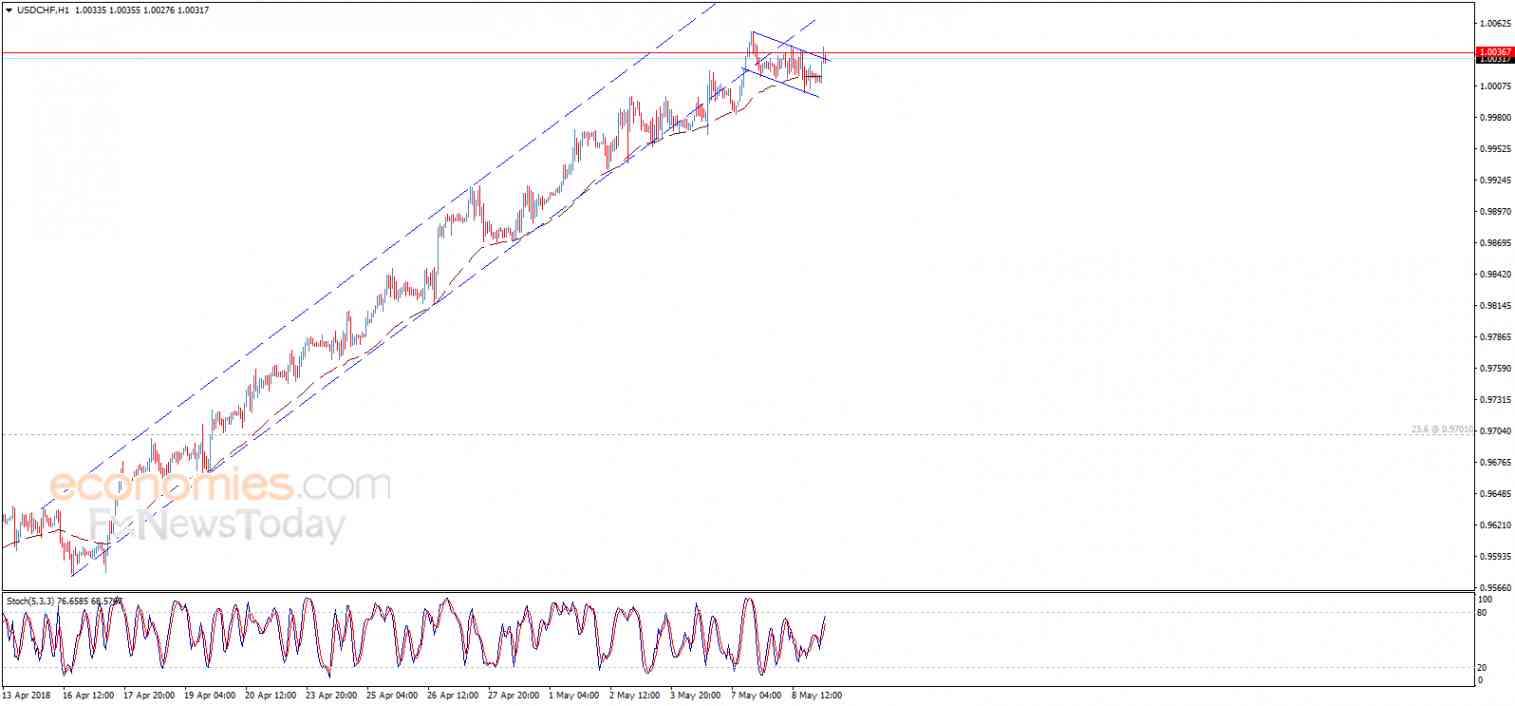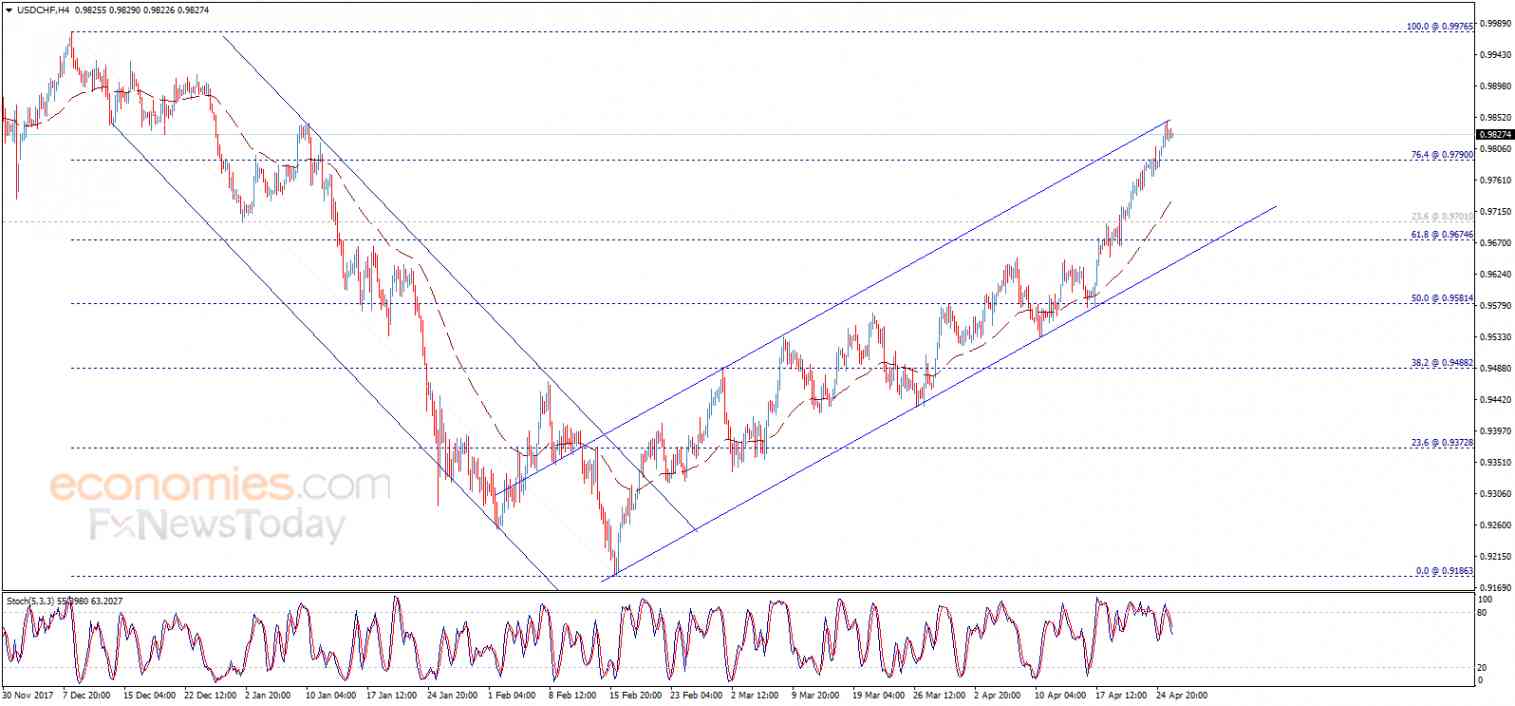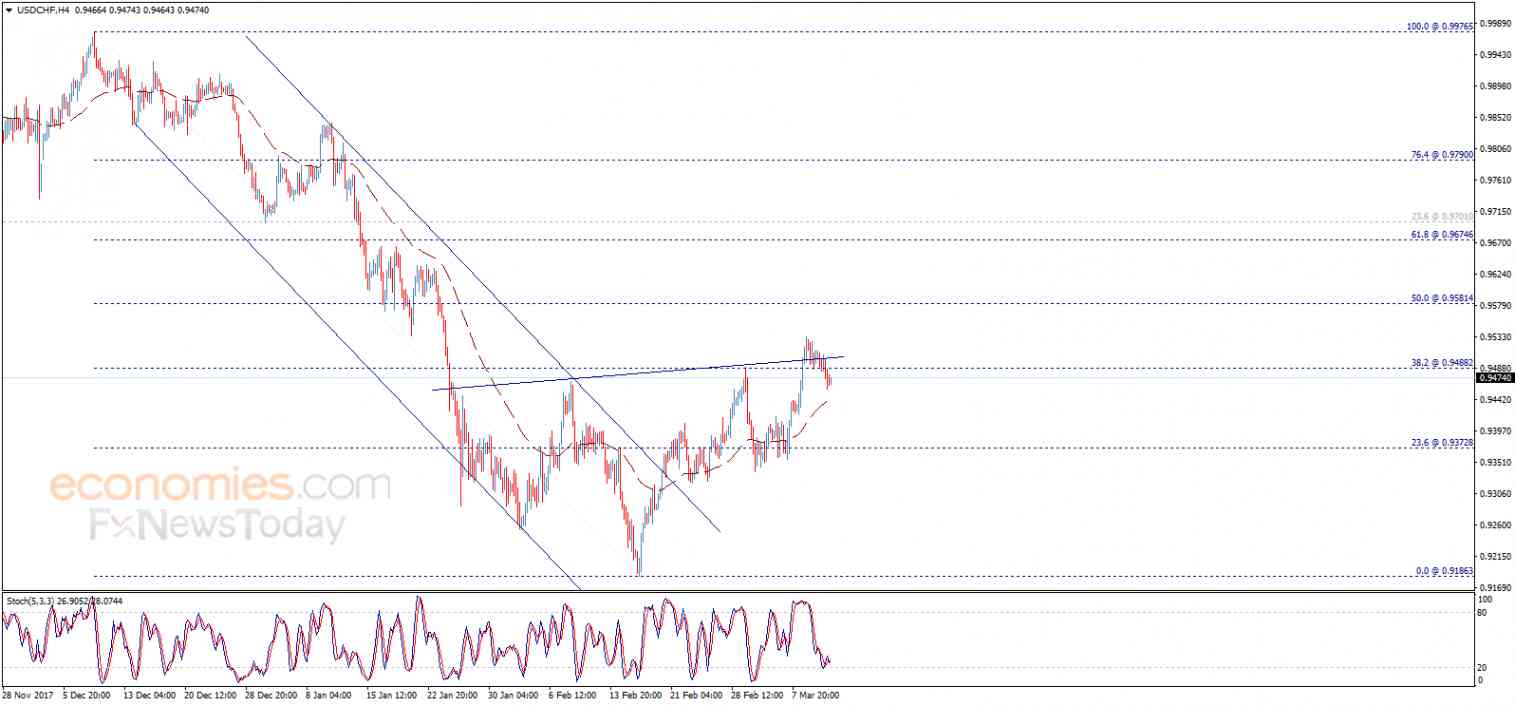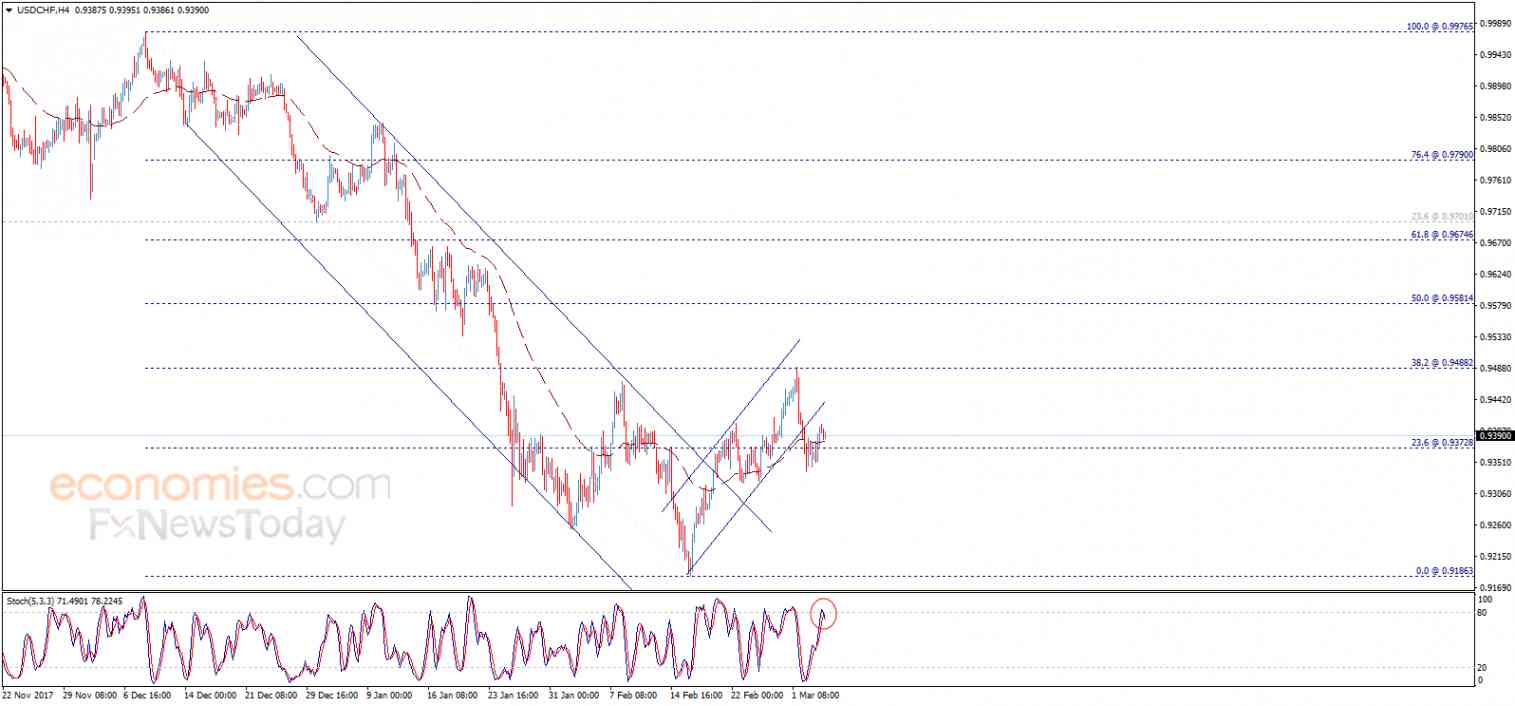
There have been some large moves in the foreign exchange market in recent days. The euro posted its largest rally in four months last week. The yen has fallen to its lowest level against the dollar since June 2010 and extended the declining streak to nine consecutive weeks, something not seen since 1989. The Canadian and Australian dollar rose to multi-moth highs, as did the Mexican peso.
In last week’s technical note, we suggested the key question was whether the sharp drop in the major foreign currencies following the avoidance of the full fiscal cliff in the US was trend reversal or overdue correction. We favored the latter and looked for the underlying trends to continue. They did.
Now market participants face a different question. Given the out-sized moves, have the trends become stretched? The answer, we propose, is more nuanced than last week. There is not one answer for all the major currencies we review here.
For our purposes here, the currencies can broken into three buckets: the European complex (euro, sterling and Swiss franc), the Japanese yen, and the dollar-bloc (Canadian dollar, Australian dollar and Mexican peso).
In the European complex, there are mixed technical readings. The euro has led the move and remains the strongest from a technical point of view. It has pushed through the mid-December and early January highs near $1.3300. It has posted two strong advancing sessions to finish the week. Relative strength index, MACDs, and the crossing of the 5-day moving average above the 20-day moving average all suggest that there is room for follow through buying. The one cautionary note is that the euro finished the week above the upper end of the Bollinger Bands (2 standard deviations above the 20-day moving average). Even though the changes in the euro are not normally distributed, making standard deviations a somewhat less useful concept, it is still a rare occurrence. The three times it happened in H2 12, the euro fell within a couple of sessions.
Sterling has lagged and the technical condition is weaker than the euro. Sterling faces an immediate hurdle in the $1.6160-90 area. We are inclined to see this area hold. On the downside, a break of $1.6080 warns of re-test on the $1.60 area and the uptrend drawn off the early June 2012 lows.
The Swiss franc’s technical condition lies between the euro and sterling. The euro closed above its 2012 high against the franc, while the franc gained about 0.75% against sterling last week. The price action against the dollar is not generating strong signals.
The yen’s slide has been relentless. The Japanese government has cited JPY90 as a desired level for the dollar. While we had been thinking that there would be profit-taking as that level was approached, we are becoming more concerned about an overshoot, in which case the JPY93-JPY95 area is possible. Relative strength and MACDs are not indicating an over-stretched market. Nor are there any bearish divergences. The one cautionary note is that the stochastics turned down. Initial support is seen near JPY88.45.
Within the dollar-bloc, the price action of the Australian dollar and Mexican peso appears the most stretched. For the fourth time in five months, the Australian dollar tested the $1.06 area and ran into a wall of offers. We see risk that profit-taking pushes it back toward $1.0460-$1.0500.
The proverbial elastic looks set to snap back in the Mexican peso. The US dollar briefly fell below MXN12.60 to near the 2012 low set in March near MXN12.55. The fading of the downside momentum warns of the likelihood of a dollar bounce. Long pesos seem to be a crowded trade, but the relatively high yield gives the bulls some cushion. The corrective move we anticipate could see the dollar move back into the MXN12.80-MXN13.00 band.
The Canadian dollar is also vulnerable from a technical point of view. Over the past three months and past week, the Canadian dollar has been the second weakest of the major currencies against the dollar behind the Japanese yen. However, it now looks better on the crosses than against the greenback. In particular, appears set to recover against the Australian dollar and Mexican peso.
Lastly, turning to the Commitment of Traders report from the currency futures market, we share the following observations:
First, as the table below illustrates, in the week ending Jan 8, speculators reduced the net positions in all currency futures we review except the Australian dollar. For most of the currency futures this mean a reduction of net long positions, but in the yen this meant a decline in the net short position. In fact, it was the fourth consecutive week that the net short yen position was reduced.
Second, this may have helped explain the sharpness of the moves in the second half last week, after the reporting period had ended. Speculators may have had to scramble to re-establish position in the wake of the ECB’s press conference.
Third, the net position in the euro switched back to short. Recall that in the reporting period ending Jan 1, the net euro position had swung to the long side for the first time since August 2011. This was a reflection of longs taking profits rather than new shorts being established. Indeed, the gross short positions were trimmed.
| week ending Jan 8 |
Commitment of Traders |
|
|
|
(speculative position in
000’s of contracts) |
|
|
|
Net |
Prior Week |
Gross Long |
Change
Gr.Long |
Gross Short |
Change
Gr.Short |
|
| Euro |
-8.0 |
5.1 |
66.3 |
-15.6 |
74.4 |
-2.4 |
|
| Yen |
-74.1 |
-80.5 |
32.1 |
1.7 |
106.2 |
-4.7 |
|
| Sterling |
25.9 |
36.3 |
60.5 |
-8.6 |
34.6 |
1.7 |
|
| Swiss Franc |
10.3 |
11.6 |
19.6 |
-4.2 |
9.3 |
-2.8 |
|
| C$ |
64.0 |
65.9 |
70.4 |
-3.2 |
6.4 |
-1.3 |
|
| A$ |
80.3 |
79.5 |
122.3 |
5.0 |
42.0 |
4.2 |
|
| Mexican Peso |
140.0 |
142.0 |
148.3 |
-1.3 |
8.8 |
0.9 |
|
George Dorgan:
We would like to compare with this positions of October 26: Both yen and euro short positions have strongly increased. There are far more net long positions in the Canadian dollar now than in the Aussie. The slowing in Asia and the weak Australian trade balances took its toll.
| week ending Oct 26 |
Commitment of Traders |
|
|
|
(speculative position in ‘000s of contracts) |
|
|
Net |
Prior Week |
Gross Long |
Change Gross Long |
Gross Short |
Change Gross Short |
| Euro |
-55.2 |
-53.5 |
38.2 |
-3.9 |
93.4 |
-2.1 |
| Yen |
-18.2 |
10.1 |
25.6 |
-17.2 |
43.7 |
11.1 |
| Sterling |
18.4 |
19.6 |
54.9 |
0.9 |
36.5 |
2.1 |
| Swiss franc |
2.4 |
-1.2 |
10.8 |
0.5 |
8.4 |
-3.1 |
| C$ |
89.1 |
93.8 |
98.6 |
-7.8 |
9.5 |
-3.1 |
| A$ |
45.7 |
38.4 |
83.6 |
5.8 |
38.0 |
-1.4 |
| Mexican Peso |
132.0 |
135.0 |
13.7 |
-3.1 |
4.3 |
-0.1 |
Are you the author?
He has been covering the global capital markets in one fashion or another for more than 30 years, working at economic consulting firms and global investment banks. After 14 years as the global head of currency strategy for Brown Brothers Harriman, Chandler joined Bannockburn Global Forex, as a managing partner and chief markets strategist as of October 1, 2018.
Previous post
See more for 4.) Marc to Market
Next post
Tags:
Canadian Dollar,
Commitments of Traders,
COT,
Currency Positioning,
FX Positioning,
Japanese yen,
Marc Chandler,
MXP,
Net Position,
Non-Farm,
Peso,
Speculative Positions






















